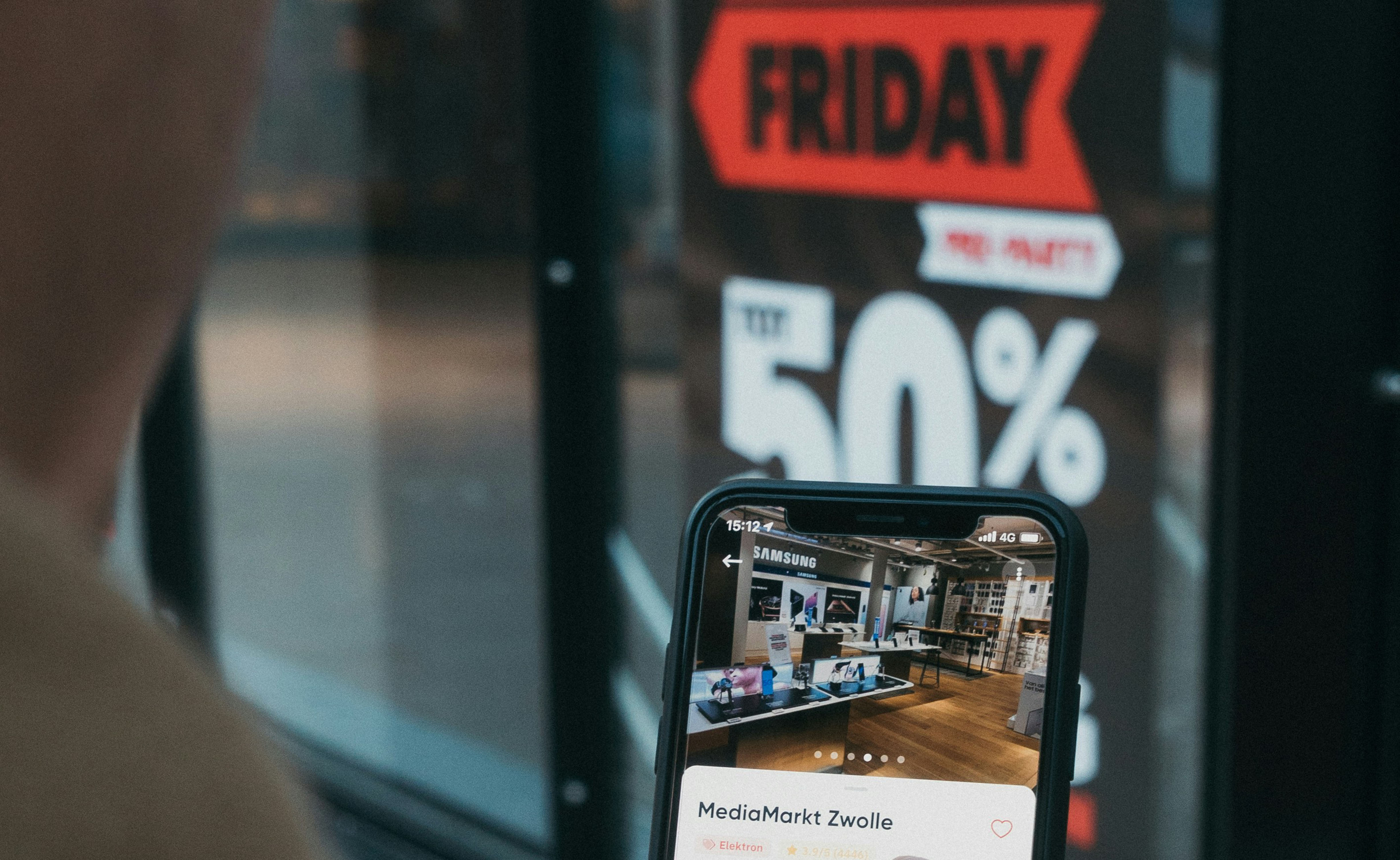In the first part of the series, we looked at how semiotics fits into market research and adds value to a project brief. In the second part we explored the nuts and bolts of semiotics and its relevance to marketing. In the third article we examined how brands marketed globally can benefit from semiotics. In the final article in the series we use a case study to bring to life applied semiotics.
This article covers a case study of over the counter (OTC) cold and flu remedy category in the UK and how they use signs and symbols to communicate both functional benefits as well as creating differentiation in a visually busy retail environment. Popular brands in this space in the UK are Lemsip, Sudafed, Beechams, store own brands, and Haleon.
Here’s a topline gist of what the signs and symbols in the packaging are coding the brands as:
|
Brand |
Language Signs |
Colour Signs |
Design Element Signs |
Semiotic Codes |
|
Beechams |
"Max strength all in one capsules" |
Blue, Orange, White |
Rays of white-hot orange being targeted by an angular block of deep blue. The brand name Beechams is racing towards the orange rays in the form resembling a bullet, image of two capsules, typography with sharp edges |
|
|
Boots Pharmaceuticals |
"Max strength sinus pressure & pain relief capsules" |
Teal, White, Red, Blue |
Image of calm face with arrows running through the sinuses, checklist, bold and narrow Typography |
|
|
Haleon Cold and Flu Nurse |
"All in One", “Cold and Flu Nurse” |
Purple, Orange, Yellow, Green, Blue |
Green medical cross, checklist, image of two capsules |
|
|
Sudafed |
"Congestion & headache relief max strength capsules" |
Red, White |
Image of face with highlighted sinuses expressing relief and calm, radiating aura around the face, single capsule |
|
|
Lemsip |
"Max Cold & Flu capsules" |
Green, Red, Orange |
Red block colour being cut into by an angular green block with a metallic coloured sharp edge |
|
In the OTC cold and flu category, different signs are used to communicate product efficacy and brand values. For example, Beechams and Lemsip both use angular shapes, which convey medical precision, efficacy, power, and speed of effect. They both use the colour red, which codes not only the infection but also the insides of the body. The colour red is contrasted by a second colour, which communicates both the remedy as well as brand values. For example, Beechams uses blue, a colour associated with authority while Lemsip makes use of green, a colour associated with care and vitality. Sudafed takes an entirely different approach. For its packaging it uses white, a colour associated with medicine, science, and purity. Sudafed makes subtle use of overlayed colour on a nearly white model to indicate infection and relief. For example, red is used as a colour for sinus infections and orange is used for congestion and headache. We notice that store own brands borrow signs from market leaders. For example, Boots’ own brand remedy borrows from Sudafed conveying to the consumer that its product is similar in terms of expertise and efficacy. This kind of semiotic analysis is useful for brands in the following ways:
- Understand what is going on in the category
- Identify areas for packaging optimisation
- Create new packaging innovation ideas
Myths and Ideologies
Everyday usage of the term myth might indicate something that is not real. Similarly, the term ideology is understood within the narrow definition of political values. Myths are oft-repeated stories about people or phenomenon, whether real or imagined while ideologies are normative values and belief systems. For example, King Arthur’s myth is about a heroic leader who embodies the ideologies of chivalry and honour, justice and fairness, sacrifice, national identity amongst others. King Arthur conveys Christian English values. Similarly, Coca Cola conveys the myths of American Culture, happiness and unity and the ideologies of consumerism (that consumption gives us happiness), democratisation (they make one product for all consumers), and globalisation.
Marketers typically take a brand globally or localise a global brand. The second part in this series of articles on semiotics in market research talked about culture as being the hidden part of the iceberg. Brands are often developed within the culture of their country of origin.
The analysis of the OTC cold and flu medicine category reveals the following myths and ideologies:

- The myth of science and technology: The category taps into science being able to solve problems. The packaging makes use of signs associated with precision medicine (e.g., angular shapes of surgical knives).
- The myth of the quick fix: Language such as “All in one”, “Max strength”, “Max”, “ultra” tap into the enduring human story of seeking miracle potions and remedies.
- Ideology of authority: All brands tap into the belief system of the authority of scientific expertise and clinical efficacy through the use of medical language , colours (white), icons (cross), imagery (human anatomy)
Bringing it all together
Marketing activities range from brand and product planning, product launch, marketing optimisation and brand management on an ongoing basis. From crafting the brand and product to its launch and optimisation, semiotics can be used in both strategic and tactical ways.
- It useful when a product, communication or category needs to be analysed to understand their underlying meanings the brand may be communicating. This is helpful for marketing optimisation.
- It can be used as a complementary diagnostic tool to provide context for consumer behaviour and responses. This can be done via desk-based research or an ethnographic study of the context. For example, when consumers say a brand or category is not “fresh”, semiotics can study how consumers are being influenced by ideas about freshness in the wider cultural landscape and specific category or analogous/adjacent categories.
- Semiotics can also be used as inspiration for brand strategy or creative thinking. Here semiotics can uncover relevant codes, myths and ideologies in emergent cultural trends and identify signs that best communicate these meanings.
|
Phase |
Activity |
Strategic Use |
Tactical Use |
Outputs |
|
Brand planning |
Development of brand vision and strategy |
|
Assist brand strategy develop culturally informed brand platforms and concepts by outlining the cultural codes, myths and ideologies relevant to the category. |
|
|
Product Planning |
Development of product or service features and their design elements. |
|
Develop semiotically inspired creative concepts or final product via identification of signs and symbols relevant to marketing and creative development. |
Semiotically inspired creative concept toolkits which consist of:
|
|
Product Launch |
Development of communication and Messaging |
|
Identify relevant signs and symbols to assist marketing and creative teams in their campaign development. |
Semiotically inspired creative concept toolkits which consist of
|
|
Marketing Optimisation |
Product, service or communication performance monitoring and feedback |
|
Refine messaging or product based on semiotic analysis of product. Depending on the context, it may require analysis of the competitive and analogous categories. |
Detailed diagnostic semiotic report analysing product or communication; the signs responsible for meaning making; suggestions for modification of existing signs or usage of new signs. |
|
Brand Management |
Brand refreshment and evolution |
|
Adapt brand offerings and communication to stay aligned with emergent cultural codes while being true to brand core values. |
|
Learn more about semiotics
To understand more about how semiotics can be used to support marketing strategy read our article 'semiotics in market research and marketing' , where you can learn how semiotic insights can be utilised for strategic and tactical marketing activities
Get in touch
Kishore is a trained semiotician with over 20 years of experience in cultural research across a range of categories including retail, FMCG, technology, pharmaceuticals and healthcare, automobiles, consumer electronics and government services.
Bryter are experts in retail research across a range of product categories. Get in touch to find out how we use semiotics plus a range of other approaches to support clients with their brand strategy, product design and retail strategy & execution.
Email: kishore.budha@bryter-global.com




-bucknall-2449533.jpg)
